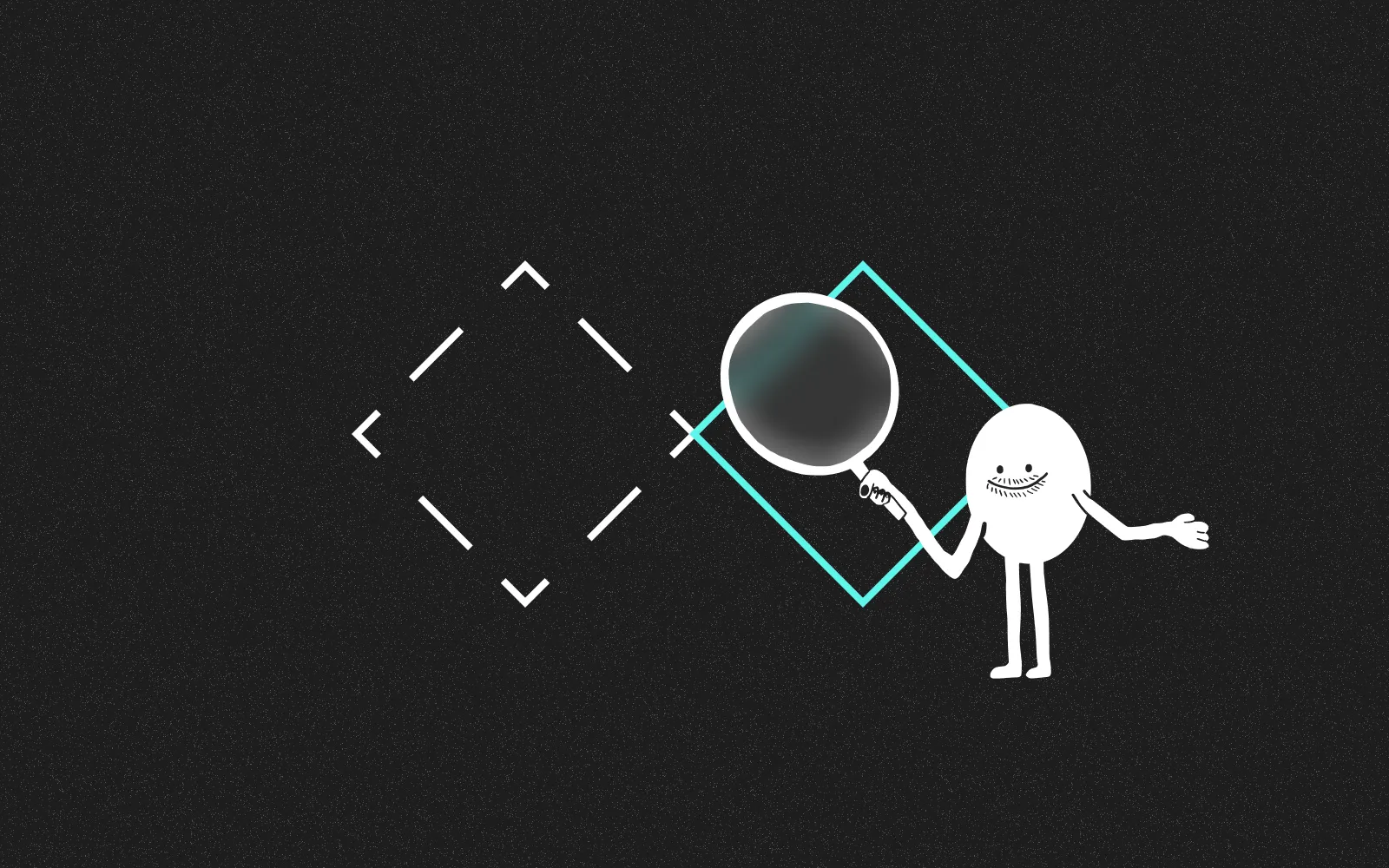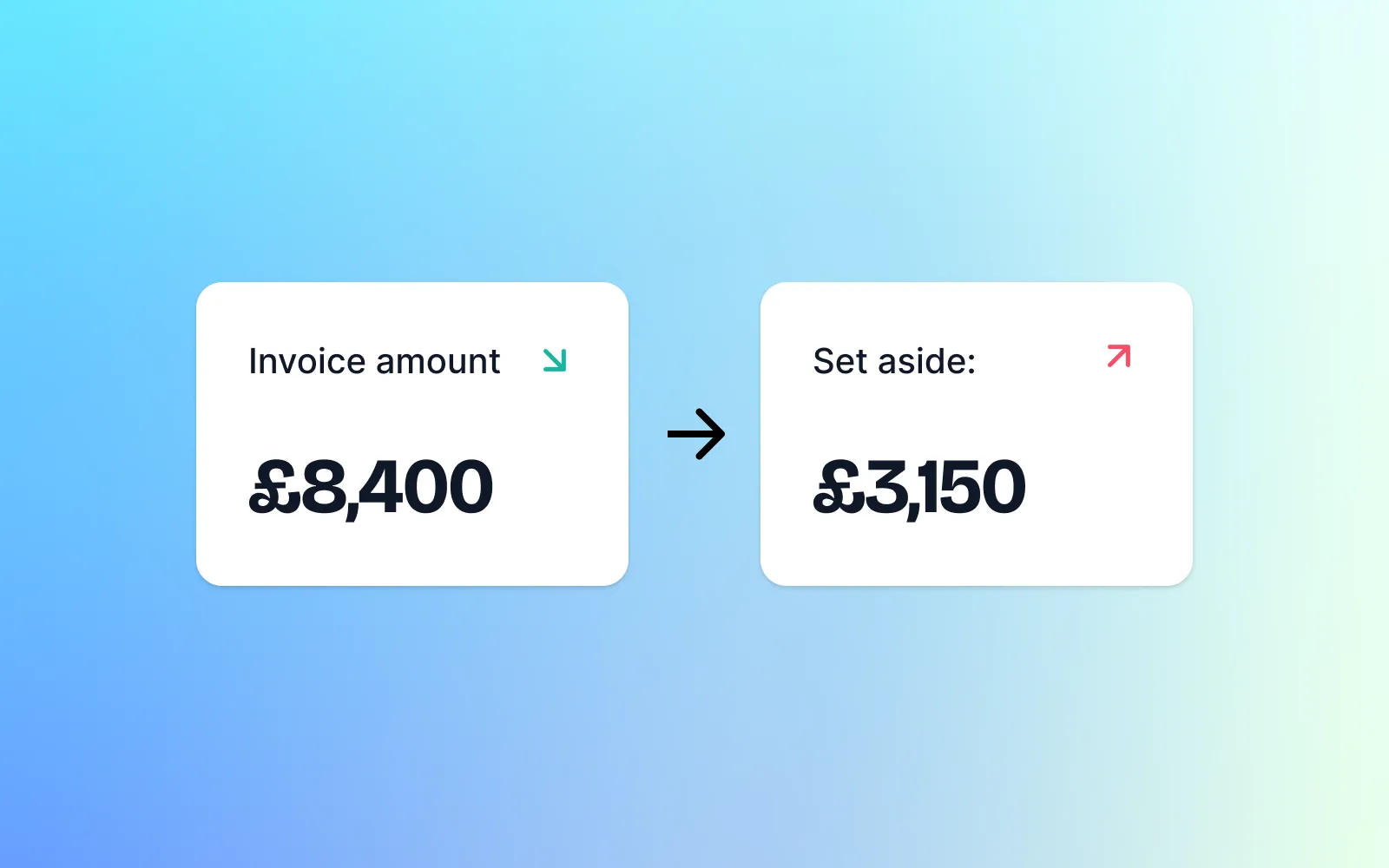
Digital Design Transformation: How to Turn Your Side Project into a Successful Startup
Many side projects never reach their full potential due to scaling challenges. This comprehensive guide reveals the proven framework for successfully transforming your promising project into a scalable startup, featuring a real case study with actionable insights.
What Are the Clear Signs Your Side Project Is Ready for Digital Transformation?
After working with numerous startup founders transitioning from side projects, I've identified these critical indicators that your project is ready for transformation:
Users proactively request new features - They're not just using your product; they're imagining its future and suggesting improvements you hadn't considered.
Workarounds emerge organically - Users start creating sophisticated solutions to overcome your product's limitations, like sharing screenshots in group chats or building spreadsheets to track information.
Unprompted sharing occurs regularly - Your product spreads through word-of-mouth without marketing efforts, indicating strong product-market fit.
Competition begins mimicking your approach - Established players or new entrants start moving in your direction, validating your market opportunity.
User feedback becomes increasingly specific - Comments evolve from general praise to detailed feature requests, showing deeper engagement.
Your manual processes can't keep pace - You find yourself working overtime just to maintain current service levels as user numbers grow.
Key Takeaway: The transition from side project to startup isn't about having sufficient budget—it's about recognising when your current approach is constraining your growth potential and user experience.
Case Study: Kachi's Digital Design Transformation Journey

Kachi began with a straightforward value proposition: providing unbiased, science-based skincare product analyses. Users would send links to products they were considering, and Kachi would respond with evidence-based recommendations free from marketing hype.
The Challenge: Scaling Personal Trust
As word spread about Kachi's honest approach, three critical pain points emerged:
"I trust your recommendations, but I need answers faster"
"There are so many products - how can I find what works more easily?"
"I value the unbiased feedback, but waiting for emails slows me down"
The founder faced a pivotal decision: maintain the exclusive, high-touch service or transform into something more scalable without compromising the trust they'd meticulously built.
How Did We Approach the Transformation?
During our 90-minute strategy session with Kachi, we mapped what users truly valued. The insight was crucial: users weren't just seeking recommendations; they wanted an expert friend cutting through marketing nonsense.
Our transformation framework focused on:
Preserving core value while increasing accessibility - Delivering immediate answers without sacrificing accuracy
Maintaining the trust relationship at scale - Preserving the feeling of personal guidance
Creating a sustainable business model - Finding monetisation that wouldn't compromise integrity
Key Takeaway: Successful digital transformation isn't about rebuilding everything—it's about identifying and scaling what users already love while solving their most significant pain points.
The Two-Week Transformation Process: What Actually Worked?

We implemented a focused transformation strategy that prioritised what made Kachi special—their unbiased, science-based analysis—and built the fastest path to delivering that value at scale.
The implementation included:
Creating a clean, intuitive product search focused on ingredients, not marketing claims
Designing clear visualisations showing exactly why products would or wouldn't work
Preserving the conversational tone that made their email recommendations feel human
Building trust signals into every screen and interaction
The monetisation strategy required particular care. Since Kachi's value proposition centred on unbiased guidance, any revenue model that compromised this would destroy their core advantage. We developed a transparent approach: keeping basic analysis free while offering premium features that genuinely helped users make better decisions and save money.
What Hard Decisions Must Founders Make During Transformation?
If your side project is approaching a similar inflection point, prepare to address these challenging questions:
When is the right time to invest in transformation?
For Kachi, the trigger wasn't financial—it was recognising that their manual process couldn't sustain their momentum. The right timing comes when your current approach limits your growth potential, not necessarily when you have budget.
What elements should you preserve versus change?
This represents perhaps the most difficult decision. You must identify what users genuinely value about your current product, then determine how to maintain it at scale. For Kachi, users valued the unbiased, science-based approach and the feeling of receiving advice from a knowledgeable friend. Everything else could evolve.
How should you structure the transformation process?
Begin with clear objectives rather than specific features. Kachi focused on making the path to value as direct as possible while maintaining trust signals throughout. Your transformation must solve for outcomes, not just add capabilities.
Key Takeaway: Transformation isn't about abandoning what works—it's about finding the most direct path to delivering that value at scale, sometimes requiring a fresh perspective on what's possible.
A Practical Framework for Side Project Transformation
If you're ready to transform your side project, follow this proven approach:
1. Start with user truth, not assumptions
Collect actual feedback from your most engaged users. What do they value most? What workarounds have they created? Where does your current solution fall short? For Kachi, we discovered that users weren't just valuing recommendations but the feeling of having an expert friend cut through marketing hype.
2. Be honest about technical constraints
What can you realistically build and maintain? What will require outside expertise? For Kachi, they needed help creating an interface that reflected their expertise while remaining accessible and intuitive.
3. Plan your path to sustainability early
How will this eventually create value? Monetisation isn't something to figure out later—it should inform your transformation decisions from the beginning. For Kachi, we carefully designed a model that maintained their trustworthy, unbiased nature while creating sustainable revenue.
4. Focus on one perfect flow
Don't try to solve everything simultaneously. Build one complete journey that delivers your core value perfectly. For Kachi, this was the product analysis flow that provided immediate, visual feedback on skincare products.
5. Measure impact objectively
Establish clear metrics for success before beginning the transformation. For Kachi, we tracked user engagement time, conversion from free to premium, and reduction in support queries as indicators of successful scaling.
The Measurable Impact of Digital Design Transformation
The transformed Kachi platform wasn't merely about handling more users—it demonstrated the full potential of their concept to investors. The new design clearly illustrated how they could scale their trusted recommendations while preserving what made their approach special.
Specific outcomes included:
Significantly decreased user analysis time while satisfaction scores remained consistent
Reduced user acquisition costs due to improved organic sharing
Kachi was able to showcase a vision that investors could immediately understand
The digital design transformation from side project to startup isn't just about creating a prettier interface—it's about building a foundation that can support growth while preserving what made your idea special in the first place.
Frequently Asked Questions About Side Project Transformation
How long does a typical side project transformation take?
While timelines vary based on project complexity, a focused transformation can be completed in as little as two weeks with the right team and clear objectives. The key is focusing on one perfect flow that delivers your core value rather than trying to solve everything at once.
How much should I budget for a digital design transformation?
Investment varies widely based on project scope, but successful transformations typically prioritise strategy over implementation costs. Many founders find that a well-executed design transformation pays for itself through improved conversion rates and reduced customer acquisition costs.
How do I know if my side project has genuine startup potential?
Look for these signals: users creating workarounds, unprompted sharing, competitors moving in your direction, and specific feature requests. These indicate real market demand that could support a business, not just a project.
What's the biggest mistake founders make during transformation?
The most common error is attempting to rebuild everything rather than identifying and scaling what users already love. Successful transformations preserve core value while solving critical pain points that prevent scaling.
If you're standing at this crossroads with your own side project, remember that transformation isn't about abandoning what works—it's about finding the most direct path to delivering that value at scale. And sometimes, that requires a fresh perspective on what's truly possible.




